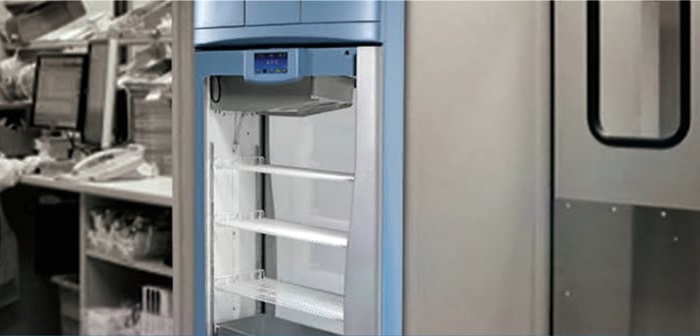A defective freezer is always bad news. There’s no greater annoyance than having to clean up sticky and smelly food remnants after your freezer at home suddenly broke down. But if you’re running a lab and your freezer malfunctions, the situation is more than annoying. A defective freezer can spell disaster for your facility, as it means losing valuable lab samples, vaccines, or expensive medications.

With that being said, it’s crucial to invest in a reliable medical grade freezer that can meet your specific needs and offer consistent performance. After all, the health of your patients and the reliability of your facility all depend on it. So, if you’re on the market for such a freezer, here’s what you need to consider.
Maintaining a Consistent Temperature
Different samples, vaccines or medications may need to be preserved at a different temperature range. Most medical grade freezers offer temperature ranges similar to home models, between -18oC and -20oC. However, there are some ultra low models that can maintain temperatures as low as -85oC. When you know what you’ll be using the freezer for, it’s easier to have a clearer picture of the temperature range you need.
Additionally, you should also pick a medical grade freezer with a number of safety features that allow it to keep a consistent temperature despite various circumstances. Like for instance, a power failure alarm signalling you that there’s been a power outage. An external temperature display is also important as it can allow you to be immediately aware if there’s been an unexpected change. Additionally, also make sure that the freezer has reliable locks on the door that prevent it from being accidentally opened. A lock will also keep unauthorized individuals from having access to the contents.
Size and Capacity
Obviously, you need to pick a medical grade freezer that can meet your storage needs. At the same time, it shouldn’t be either full to the brim or left almost empty. Why? Because a medical grade freezer operates best when loaded between 30% and 80% of its total capacity. If it’s stuffed to 100%, the air won’t circulate properly which can lead to cold and warm spots that can damage stored contents. On the other hand, an empty freezer can experience temperature fluctuations from the top of the unit to the bottom. With that being said, it’s always important to estimate your storage needs as precisely as possible.
Design
Besides sizes, medical freezers also come in a variety of designs. There are three types of freezer designs – upright, undercounter and chest. Upright freezers are the most common type of freezer around. The upright design is especially convenient in labs with a limited amount of floor space. The smallest types of freezers are undercounter which can seamlessly fit under a cabinet or work surface. This way, they don’t take up any space at all. Chest freezers offer the greatest amount of storage space and are similar to residential deep freezers. They are especially useful if you need to fit particularly large items.















